Sudan
The country
Sudan is in Northeast Africa and is the third largest country on the continent, with a population of about 50 million.
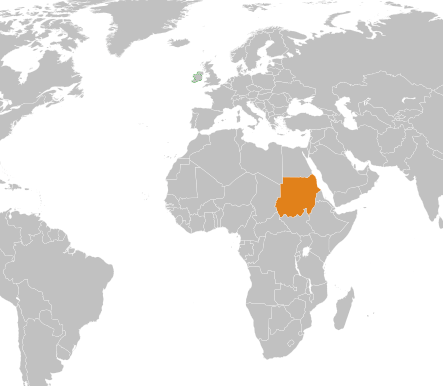
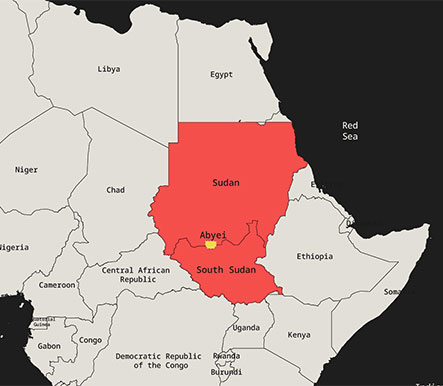
Before 2011, when South Sudan became an independent country, it was the largest country in Africa.
25 centuries of recorded history
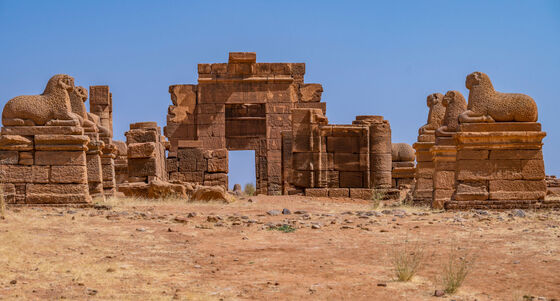
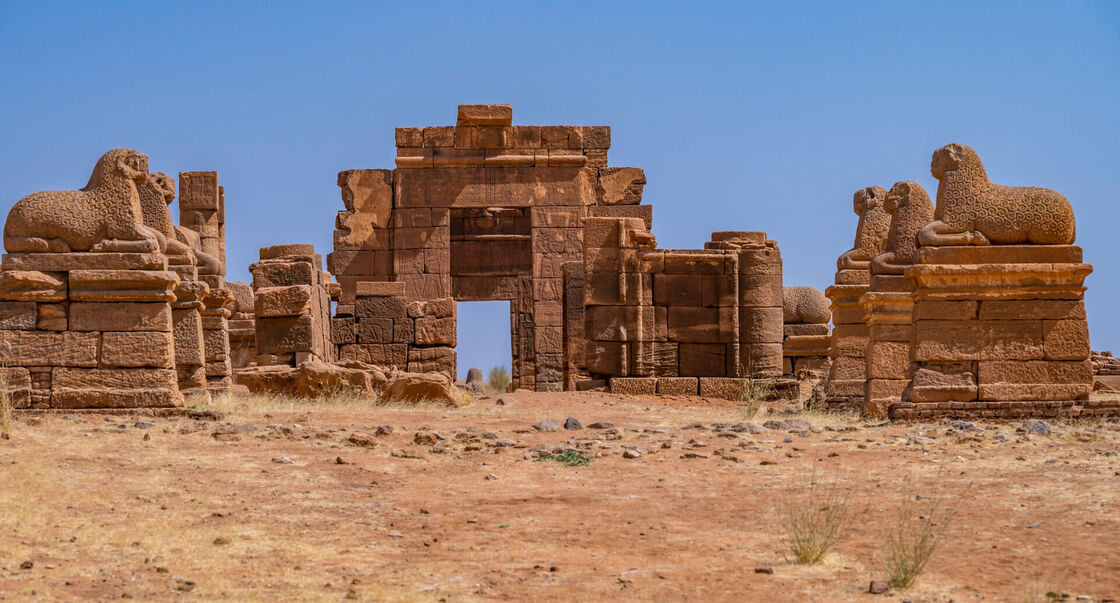
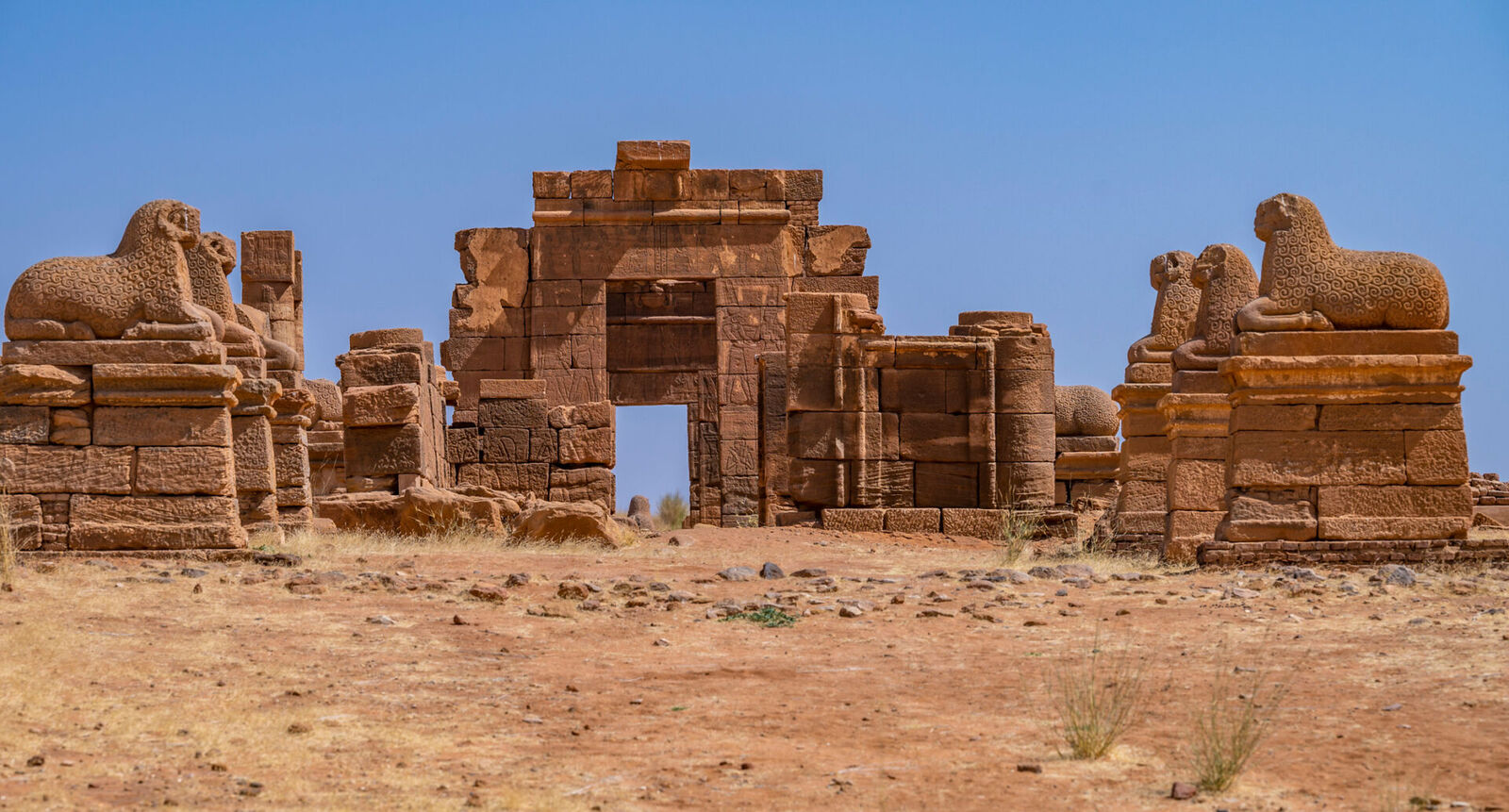
A timeline
The borders of modern Sudan were drawn by occupiers and colonists. Its long history means that the country is home both to nomads and to settled people; to Arabs, Copts and Nubians; to Muslims, Christians and the followers of ancient African religions—all of whom have at one time or another been dominant and ruled over the others.
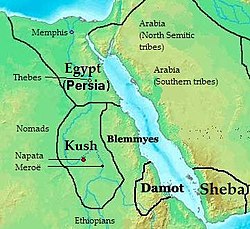 The traceable story begins well before the Common Era, with kingdoms which are still known by name—most notably the kingdom of Kush, with capitals Napata and Meroe.
The traceable story begins well before the Common Era, with kingdoms which are still known by name—most notably the kingdom of Kush, with capitals Napata and Meroe.
Modern history is a sequence of occupations.
| 1820 | Sudan is occupied by Egypt, officially on behalf of the Ottoman empire. |
|---|---|
| 1873 - 1880 | The British General Gordon, in the service of the Khedive of Egypt, is appointed by him as Governor General of Sudan. |
| 1884 | The Mahdi revolt. Gordon is persuaded back to Sudan and organises a defence of Khartoum which lasts almost a year before the city falls and he is killed. |
| 1889 | The British persuade the Egyptians to declare Sudan an Anglo-Egyptian “Condominium”. |
| 1916 | Sudan officially ceases to be a part of the Ottoman empire. Egyptian influence decreases; British rule becomes settled. |
| 1954 | While still under British rule, Sudan elects its first parliament |
| 1955 | Arrangments begin to replace Britsh and Egyptian adminstrators by Sudanese. Most of the new officials are from the north, and troops in the south mutiny against what they fear will be northern domination. |
Independence
| 1956 | The Sudanese parliament declares Sudan an independent country. The mutiny in the south escalates into a Civil War, which lasts until 1972. |
|---|---|
| 1958 | Sudan comes under the military dictatorship of General Abboud. Military government in some form will be the norm from now on. |
| 1964 - 1969 | The “October Revolution” of 1964 restores freedom of the press and repeals repressive laws, leading to a period of civilian government. |
| 1969 | Colonel Nimeiri leads a successful military coup. All existing political institutions and organisations are abolished. All banks and businesses are nationalised. |
| 1983 | The government issues a series of decrees bringing Sudanese law into line with Islamic law, or Sharia. These new laws lead to an intensification of conflict which marks the beginning of Sudan's Second Civil War, which lasts until 2011. |
| 1985 | A civilian uprising ends Nimeri’s rule. The Sudanese Armed Forces (SAF) take control, and the chief of staff of the SAF, General Swar al-Dahab, becomes the new leader. He promises civilian rule within a year. |
| 1986 | Elections are held, and parliamentary government is restored. However, voting is suspended in 37 of 68 southern constituencies on grounds of political unrest. |
| 1989 | Lieutenant-General Omar al-Bashir seizes power in a bloodless coup. He remains in power until 2019. |
| 2003 - 2020 | Humanitarian crisis in Darfur. Fighting continues through a series of peace deals, and the terms ‘genocide’ and ‘holocaust’ are widely used to define the scale of killings. |
| 2018 | (December) A peaceful civilian revolution brings down the third dictatorship. The youth slogan of ‘Freedom, Peace and Justice’ becomes an internationally recognised symbol of hope. |
| 2019 - 2022 | Military and civilian power sharing, at times under Prime Minister Abdalla Hamdok. |
| 2023 - now | Another Civil War breaks out, betwen factions in the military government: the SAF, and the Rapid Support Forces (RSF)—precipitating the current crisis. |
‘Man-made tragedies’
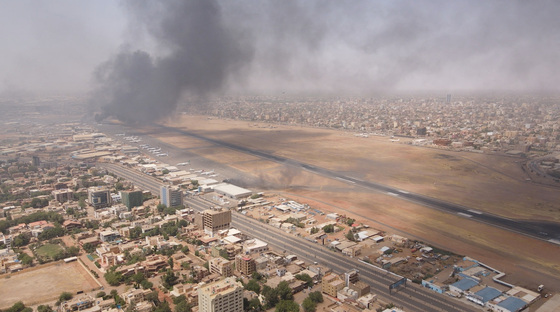
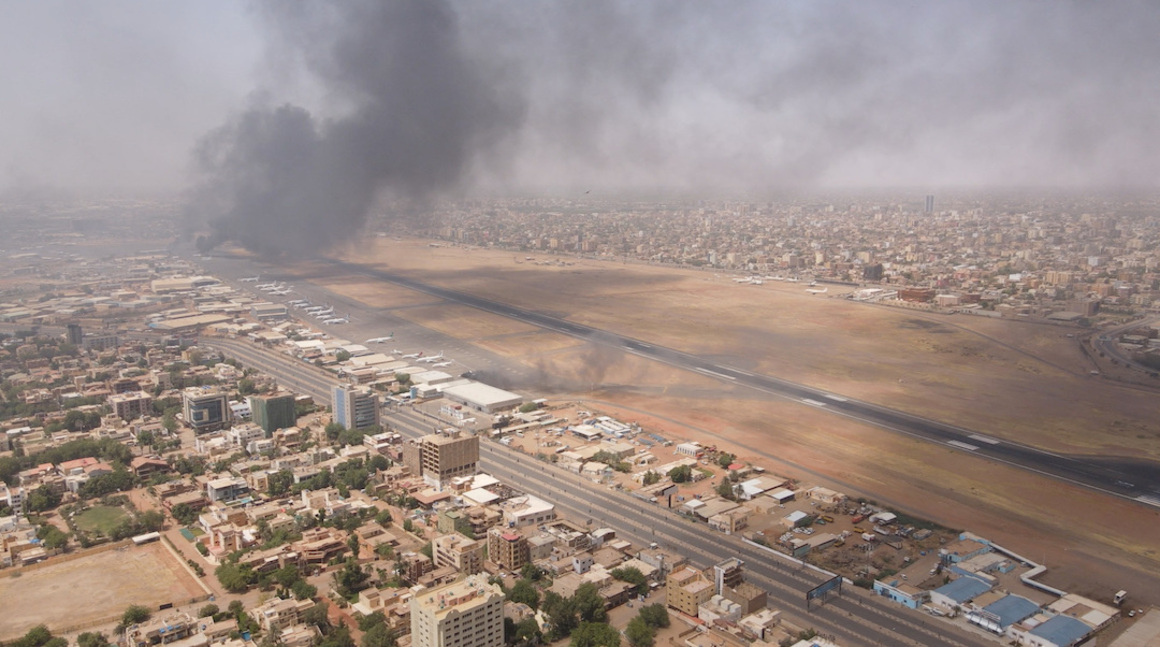
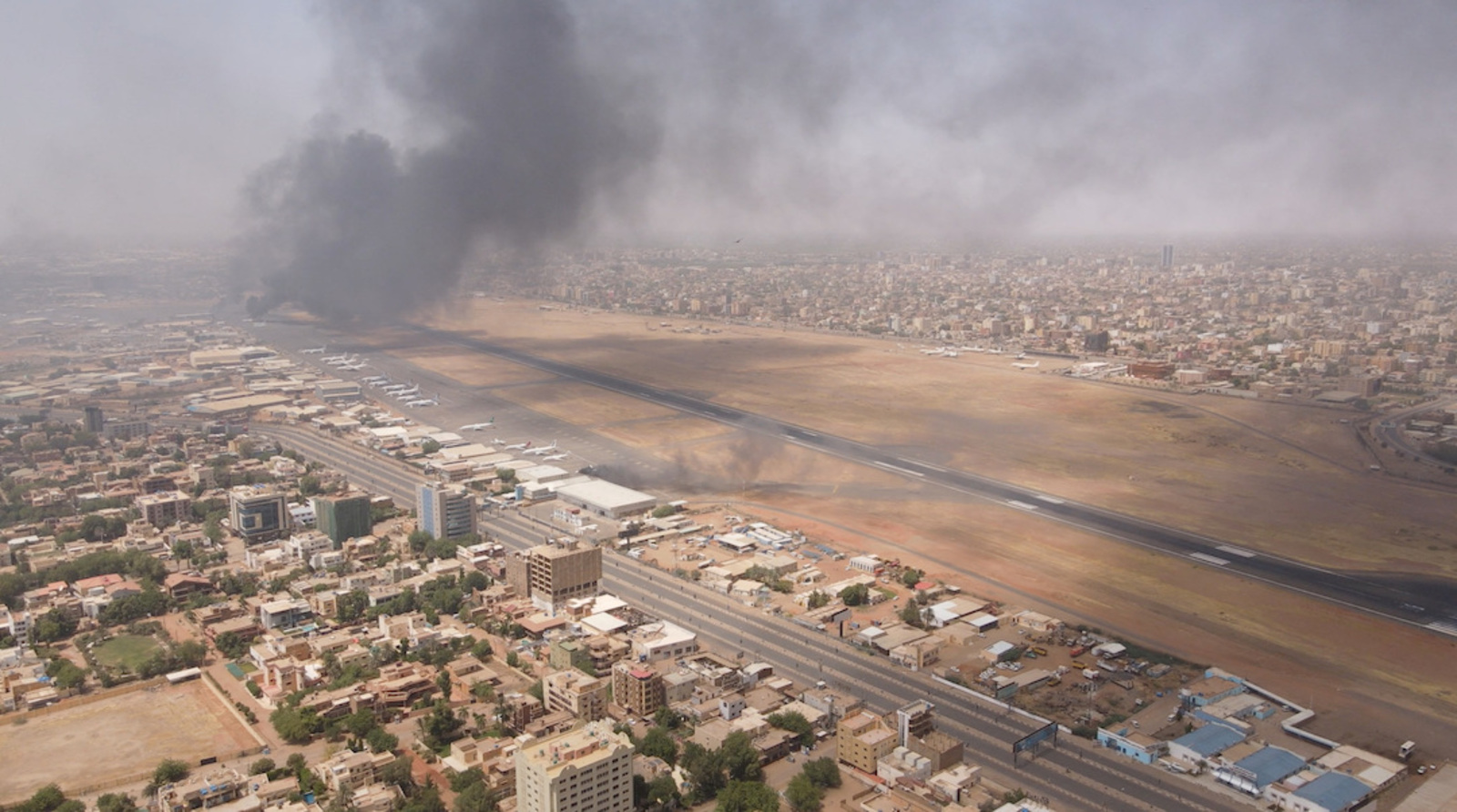
2023
